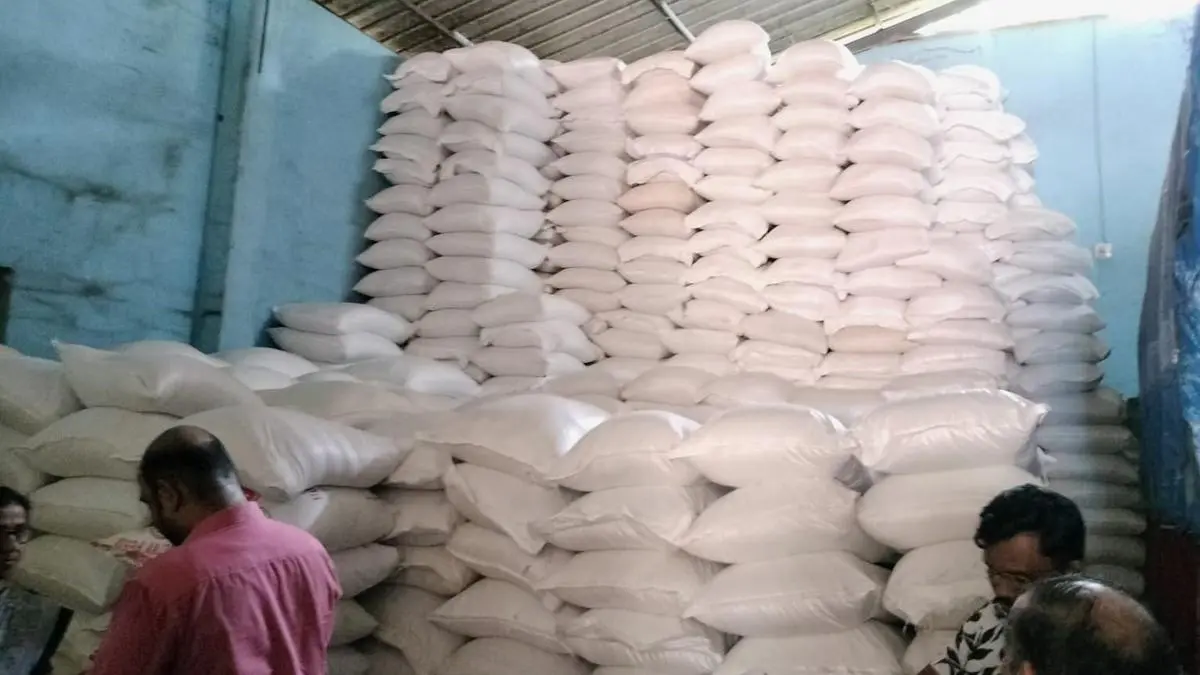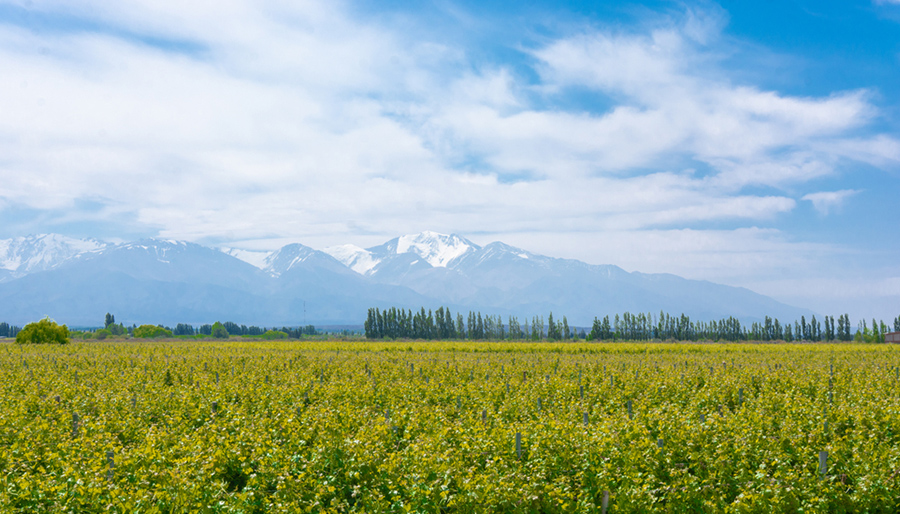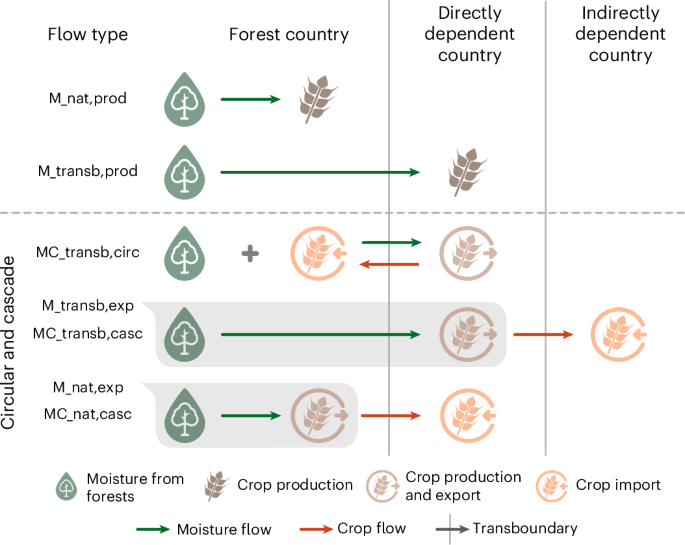Report on Knowledge Gaps in Michigan’s Conservation Agriculture
Introduction and Project Summary
A project was undertaken to identify the scientific and knowledge requirements of agricultural advisors, educators, and farmers in Michigan. The primary goal is to support the broader adoption of conservation agriculture practices, which are crucial for advancing multiple Sustainable Development Goals (SDGs). This report outlines the project’s context, objectives, and the challenges it seeks to address, framing them within the global sustainability agenda.
Core Objectives and Alignment with Sustainable Development Goals (SDGs)
The project’s central aim is to provide relevant, science-backed information to agricultural professionals to overcome barriers to implementing conservation techniques. These efforts directly support the following SDGs:
- SDG 2 (Zero Hunger): Promoting sustainable agricultural practices like no-till farming, cover crops, and diversified crop rotations enhances food security and ensures sustainable food production systems.
- SDG 6 (Clean Water and Sanitation): Conservation methods reduce soil erosion and nutrient runoff, protecting water quality in local and regional watersheds.
- SDG 12 (Responsible Consumption and Production): This initiative fosters sustainable production patterns by equipping farmers with the knowledge to manage resources more efficiently.
- SDG 13 (Climate Action): By improving soil health, these practices contribute to carbon sequestration, a vital strategy for climate change mitigation.
- SDG 15 (Life on Land): The adoption of conservation agriculture is fundamental to halting and reversing land degradation, protecting soil biodiversity, and promoting the sustainable use of terrestrial ecosystems.
Identified Barriers to Adoption
Analysis reveals several impediments to the widespread implementation of conservation practices in Michigan. Addressing these is critical to achieving related SDG targets. The primary barriers identified are:
- Systemic Challenges: These include policy, economic, and structural factors that can discourage farmers from transitioning to conservation systems.
- Knowledge and Skills Deficits: A significant barrier is the need for greater knowledge, technical skills, and confidence among farmers and advisors to manage the complexities of conservation agriculture effectively.
Strategic Approach and Target Audience
To address the identified knowledge gap, this project focuses on understanding the specific questions and information needs of local practitioners. The strategy relies on empowering local experts, who are a frequently cited solution for driving practice adoption. This collaborative approach embodies SDG 17 (Partnerships for the Goals) by linking scientists, educators, and agricultural professionals. The intended audience for this report includes:
- Professionals who work directly with farmers.
- Organizations and individuals promoting the adoption of conservation practices.
- Data holders and scientists whose research can address key questions from the agricultural community.
- Research institutions seeking to align their work with real-world challenges in sustainable agriculture.
Analysis of Sustainable Development Goals in the Article
1. Which SDGs are addressed or connected to the issues highlighted in the article?
- SDG 2: Zero Hunger: The article’s central theme is conservation agriculture, which encompasses sustainable farming practices like no-till, cover crops, and crop rotation. These methods are crucial for ensuring long-term food security and sustainable food production systems.
- SDG 12: Responsible Consumption and Production: By focusing on conservation practices, the article addresses the sustainable management and efficient use of natural resources (like soil and water) in agriculture, which is a key component of sustainable production patterns.
- SDG 13: Climate Action: Conservation agriculture practices contribute to climate change mitigation by improving soil health and carbon sequestration. They also help build resilience in farming systems, enabling them to adapt to the impacts of climate change, a core aspect of climate action.
- SDG 15: Life on Land: The discussed practices, such as no-till farming and the use of cover crops, directly aim to protect and restore terrestrial ecosystems by improving soil quality, preventing erosion, and enhancing biodiversity on agricultural lands.
- SDG 17: Partnerships for the Goals: The article describes a project that brings together scientists, organizations, agricultural advisors, and farmers to share “relevant, science-backed information.” This collaborative effort to mobilize and share knowledge to achieve sustainable agriculture exemplifies a multi-stakeholder partnership.
2. What specific targets under those SDGs can be identified based on the article’s content?
- Target 2.4: “By 2030, ensure sustainable food production systems and implement resilient agricultural practices that increase productivity and production, that help maintain ecosystems… and that progressively improve land and soil quality.” The article directly supports this target by focusing on promoting “conservation practices like no-till farming, cover crops, and adding new crops in a rotation” to make Michigan agriculture more sustainable and resilient.
- Target 12.2: “By 2030, achieve the sustainable management and efficient use of natural resources.” The conservation methods discussed are designed to manage land and soil resources more efficiently, reducing degradation and promoting long-term agricultural health, which aligns with this target.
- Target 15.3: “By 2030, combat desertification, restore degraded land and soil… and strive to achieve a land degradation-neutral world.” The agricultural practices at the heart of the article are fundamental tools for improving soil health, preventing erosion, and restoring the quality of agricultural land, directly contributing to this target.
- Target 17.16: “Enhance the… multi-stakeholder partnerships that mobilize and share knowledge, expertise, technology and financial resources…” The project’s goal to identify the “science and knowledge” needed by “technical experts, agronomists, and farmers” and to support them with information is a clear example of a partnership for knowledge sharing to advance sustainable development.
3. Are there any indicators mentioned or implied in the article that can be used to measure progress towards the identified targets?
- Implied Indicator for Target 2.4 & 15.3 (related to official indicator 2.4.1/15.3.1): The article implies the need to measure the “adoption of conservation practices.” Phrases like “broader adoption of conservation practices” and the discussion of “barriers that inhibit” it suggest that the proportion of agricultural land managed under these sustainable methods is a key metric for success. This serves as a proxy for the official indicator “Proportion of agricultural area under productive and sustainable agriculture.”
- Implied Indicator for Target 17.16: The project itself, which aims to identify and fill “gaps in applying conservation agriculture” by understanding the needs of practitioners, acts as an indicator of knowledge-sharing partnerships. The creation and dissemination of resources based on the project’s findings (like the linked report) would be a tangible measure of progress in mobilizing and sharing knowledge among stakeholders in Michigan’s agricultural sector.
Summary Table of SDGs, Targets, and Indicators
| SDGs | Targets | Indicators (as identified in the article) |
|---|---|---|
| SDG 2: Zero Hunger | 2.4: Ensure sustainable food production systems and implement resilient agricultural practices. | Implied: The rate of “broader adoption of conservation practices” like no-till and cover crops by Michigan farmers. |
| SDG 12: Responsible Consumption and Production | 12.2: Achieve the sustainable management and efficient use of natural resources. | Implied: The extent to which conservation agriculture is implemented to improve the management of soil and land resources. |
| SDG 15: Life on Land | 15.3: Combat desertification, restore degraded land and soil. | Implied: The area of agricultural land where soil quality is being improved or maintained through conservation practices. |
| SDG 17: Partnerships for the Goals | 17.16: Enhance multi-stakeholder partnerships that mobilize and share knowledge. | Implied: The existence and output of the project itself, which connects scientists, educators, and farmers to address “gaps in applying conservation agriculture.” |
Source: canr.msu.edu







